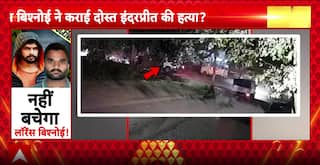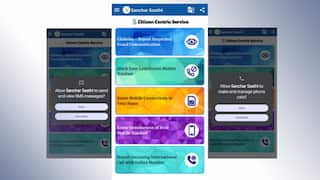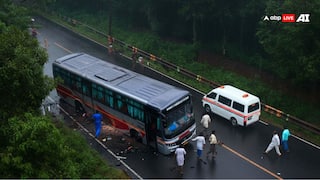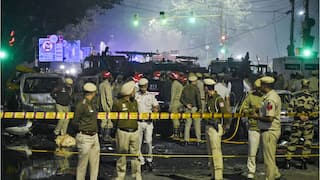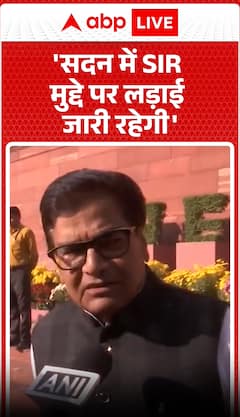Bank Locker Rules: Here Are Some Important Rules Related To Bank Locker Usage
Rules for Lockers: As per the guidelines of the Reserve Bank of India, if you do not use the bank locker for a long time, then in such a case, the bank can break into your locker.

New Delhi: There is an old tradition followed in Indian homes of investing in gold and silver. Keeping gold and silver valuables at home can be dangerous at times. In such a situation, to keep these valuables safe and secure, you can take advantage of the locker facility given by the bank.
In order to register for a locker, you have to meet certain conditions such as the age of one who gets a locker must be at least 18 years. Along with this, some banks can ask you to open a savings account before allotting the bank locker. Along with this, you can choose the locker at your convenience. For this, you must have a nomination or joint ownership.
As per the rules of the Reserve bank of India, the responsibility of security of bank lockers lies with the banks. In situations like robbery, theft, fire, etc., in the bank, it is solely the bank's responsibility.
In case of theft or any loss, up to 100 times the rent of the locker has to be paid to the customer. At the same time, in case of natural disasters such as earthquakes, floods, etc., the banks will not have to pay any kind of compensation.
According to the Reserve Bank of India (RBI) guidelines, if you do not use the bank locker for a long time, then in such a situation, the bank can break into your locker. This right applies in the case when the locker charges are not paid on a regular basis. If you do not use the bank locker for 7 years, then the bank can break the locker. Along with this, the goods kept in it will be given to the owner.
According to the locker rules of the bank, the bank tries to contact the customer before breaking the locker. The customer can be contacted through SMS, call, and letter. Even after this, if there is no response then a notice is issued by the bank in the newspaper that the customer should come to the bank and unlock the locker.
If even after all these attempts, the customer does not come to open the locker, then the bank can open the locker in presence of witnesses. The entire process will involve one bank official and two independent people. The entire process is video recorded and the goods found in the locker are sealed in an envelope and kept in a fireproof locker. After this, all the goods are returned to the customer on his/her return or to his/her nominee.











